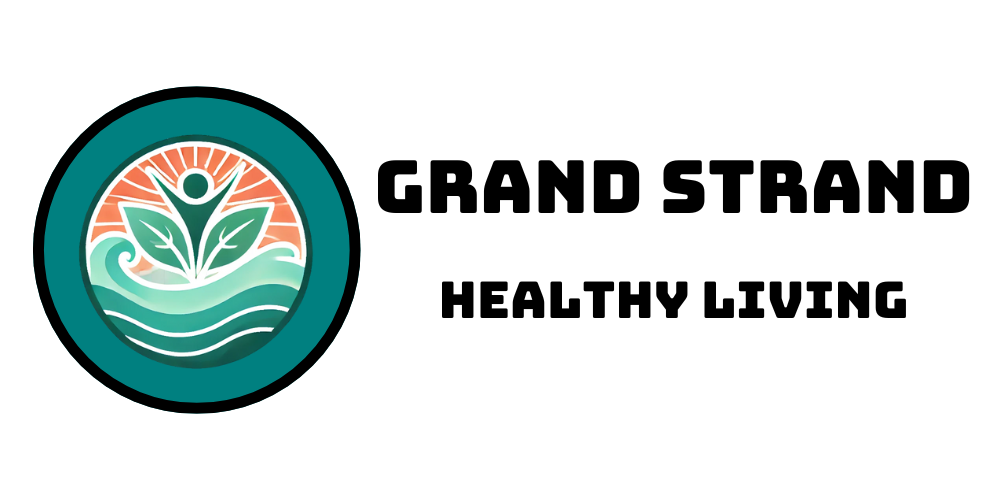
A Growing Concern: Violence Against TGD Individuals
Transgender and gender diverse (TGD) individuals face alarming rates of violence, often experiencing hate crimes, physical violence, and sexual abuse at higher rates than their cisgender counterparts. Research shows that transgender individuals are over twice as likely to experience sexual and physical intimate partner violence. This troubling reality underscores the urgent need for appropriate health services that cater to the specific needs of TGD individuals who have suffered from violence.
Unpacking the Impact of Violence
The consequences of violence against TGD individuals are profound. Not only do they suffer from physical injuries, but there are also significant psychological effects, such as anxiety, depression, and a risk of suicidality. The health sector has a critical role in addressing these issues by providing both immediate medical attention and ongoing mental health support. Yet, many TGD individuals face healthcare barriers, such as refusals of care and discrimination from medical professionals.
Research Insights: What TGD Communities Need
A recent review by Kaptchuk et al. (2025) explored the characteristics and practices within healthcare services that would be most valuable to TGD individuals post-violence. Compiling data from 16 studies across ten countries, the review identified key themes that resonate with TGD communities and their healthcare providers.
Education and Understanding: The First Step
The first theme highlighted is the necessity for education within health services. Participants in the studies voiced the need for healthcare professionals to be informed about the unique forms of violence TGD individuals experience. By helping healthcare employees understand the factors that amplify vulnerability—such as societal norms and the intersections of gender identity and race—more tailored support can be offered. This knowledge can transform the healthcare environment into one that is accommodating and safe for TGD individuals.
Creating Accessible Health Services: Practical Strategies
Implementing accessible health services goes beyond just education. It involves actively creating safe spaces for TGD patients. Strategies may include training staff on sensitivity and awareness regarding TGD issues, ensuring privacy in healthcare environments, and developing protocols that prioritize patient dignity and respect. By addressing the unique needs of TGD individuals, health providers can foster trust and encourage individuals to seek help when they need it most.
Future Directions: Health Services in the Context of TGD Needs
Looking ahead, it is essential to prioritize the voices and experiences of TGD individuals in health services design. Incorporating feedback from the TGD community can guide the development of health policies and practices that are congruent with their needs. Furthermore, as societal attitudes evolve, there is hope that violence against TGD individuals will decrease. This is a collective responsibility that demands awareness, education, and a commitment to change from all stakeholders involved in health care.
Local Impact: Why This Matters to the Grand Strand Community
For residents of the Grand Strand in South Carolina, understanding and advocating for the health needs of TGD individuals is crucial. It not only fosters community support but also highlights the importance of inclusiveness in health services. As communities grow and evolve, addressing these needs not only improves health outcomes for TGD individuals but strengthens social cohesion and well-being.
Take Action: Engage With Local Health Initiatives
Now is the time for residents to engage with local health initiatives that support TGD individuals. Whether it’s volunteering, advocating for policy changes, or simply fostering awareness within your community, your involvement can make a difference. Being informed and proactive can contribute significantly to creating a health service culture that respects and fulfills the needs of all individuals.
 Add Row
Add Row  Add
Add 





Write A Comment